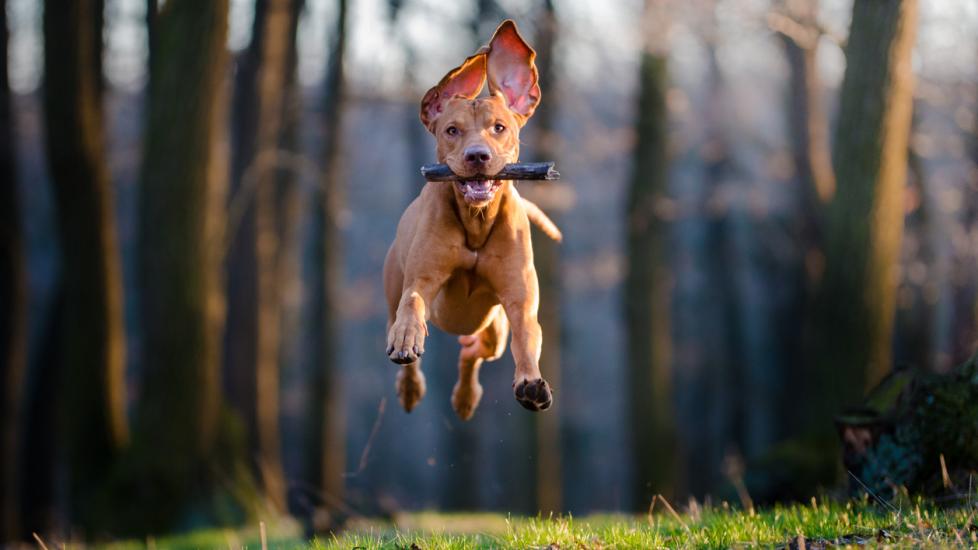The Elusive Kneecap: Understanding Luxating Patellas in Canine Companions
In the intricate dance of canine anatomy, few steps are as delicate and potentially troublesome as those taken by the patella, or kneecap. This small but mighty bone, nestled within the confines of a dog’s stifle joint, plays a pivotal role in their gait and mobility. When it misaligns—a condition known as luxating patella—the repercussions can be far-reaching for our four-legged friends. Let us delve into this common yet often overlooked affliction that affects many dogs across various breeds.
The Mechanics of Misalignment
At its core, a luxating patella is a dislocated knee cap, where the normally stable structure slips out of place due to weakness or malformation of surrounding ligaments and cartilage. It typically occurs when the femoral trochlear groove—where the patella glides smoothly during movement—is too shallow or angled improperly, leading to instability. Genetics play a significant part, with certain breeds being more predisposed to this condition, including toy and miniature poodles, Chihuahuas, basset hounds, and terriers.
Symptoms and Grading System
Dogs with luxating patellas may exhibit a variety of signs depending on the severity of the condition, which is graded from I to IV based on how easily the kneecap displaces and whether it corrects itself spontaneously. Grade I might manifest as an occasional skipping motion; whereas Grade IV involves persistent lameness and kneeling abnormally on the affected leg. Other symptoms include bunny hopping (using both legs together), pain around the knee area, difficulty rising up after sitting, and even a change in the animal’s overall energy level.
Diagnosis and Treatment Options
A veterinarian will conduct a thorough physical examination followed by X-rays to confirm the diagnosis and grade the luxation. Mild cases might benefit from conservative management such as weight control, muscle strengthening exercises, and regular monitoring. More severe instances often require surgical intervention to deepen the trochlear groove, stabilize the patella, or perform a tibial crest transposition if necessary. Postoperative care includes rest, pain medication, and gradual rehabilitation under veterinary guidance.
Preventative Measures and Pet Parental Responsibility
While genetics cannot be altered, responsible breeding practices focusing on reducing incidence rates can help minimize future generations’ risk. Early detection through regular checkups and early treatment can also improve outcomes. Additionally, pet parents should watch for any changes in their dog’s gait or behavior that could indicate a developing issue. Regular exercise tailored to the individual needs of each breed promotes strong muscles that support joints, contributing to long-term health.
Fostering Wellness Through Knowledge
Educating ourselves about these complex conditions allows us to provide the best possible care for our beloved pets. By recognizing potential issues early on and seeking professional advice, we can ensure they lead active lives filled with love and adventure. So let us keep our eyes trained on those elusive kneepads, ready to spring into action at the first sign of trouble, ensuring our furry companions stay leaps ahead in life’s journey.
